The events of 2020 have changed the world as we know it. COVID-19 has cost hundreds of thousands of lives and jobs, upended the education system and gutted industries. The deaths of George Floyd, Breonna Taylor and others have further exposed the devastation of systemic racism and police brutality. With life materially changed, we are forced to rethink how we interact with our communities.
In this photo essay, 13 photographers from The Everyday Projects — a global collective working to dispel misperceptions by documenting their home countries — return to scenes they had previously photographed. By contrasting these images of past and present, of then and now, we are reminded of a way of life that once was, and confronted with the grim unknown before us.
In addition to the 13 sets of before and after photos, you can also launch separate augmented reality experiences for five of the photographers’ locations. Immersive technology like AR has been touted for its ability to bring us virtually to places that we can’t visit physically. Amid the COVID-19 pandemic, this notion takes on an additional layer of relevance as travel restrictions and safety measures continue to limit visits with friends and family as well as the exploration of the world at large. Augmented reality provides an additional layer of depth, adding sound and texture to this important work.
In the five AR experiences below, you can transport yourself to Nairobi, Kenya; Kabul, Afghanistan; Atlanta, U.S.A.; Quito, Ecuador; and Wuhan, China. Recreate the feeling of being physically present at an art exhibition by placing these images in your own space and walking around them.
Click on the “Launch AR” button below the quotes to be taken into a 3D gallery experience, and hit the “Sound On” button to hear the stories of these five pairs of photographs from around the world.

YORIYAS YASSINE ALAOUI | CASABLANCA, MOROCCO
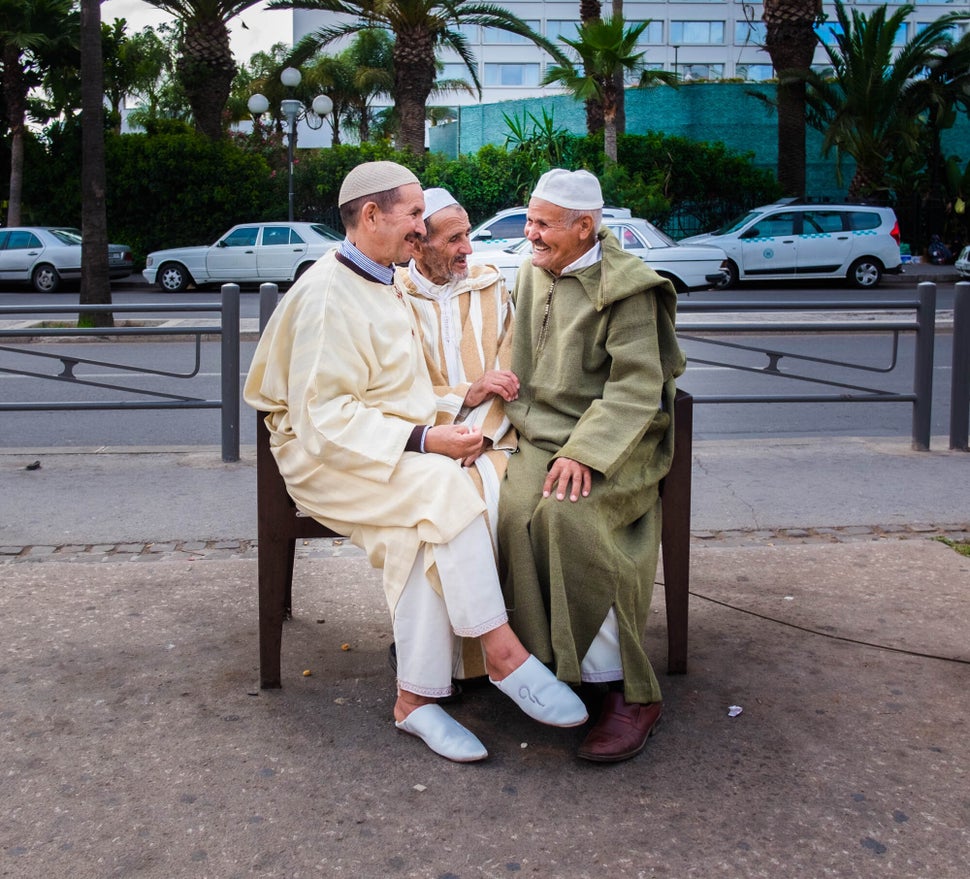
Three men and a bench in Casablanca, but during two very different times. Close physical contact is a large part of Moroccan culture.
Above: June 15, 2016 | Below: Aug. 1, 2020
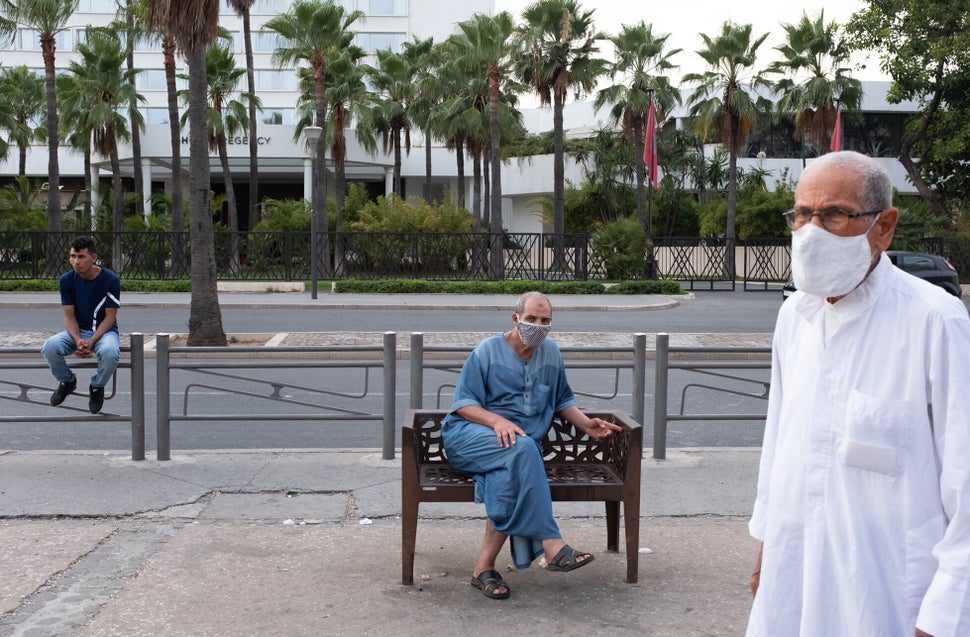
DANIELLE VILLASANA | ISTANBUL, TURKEY
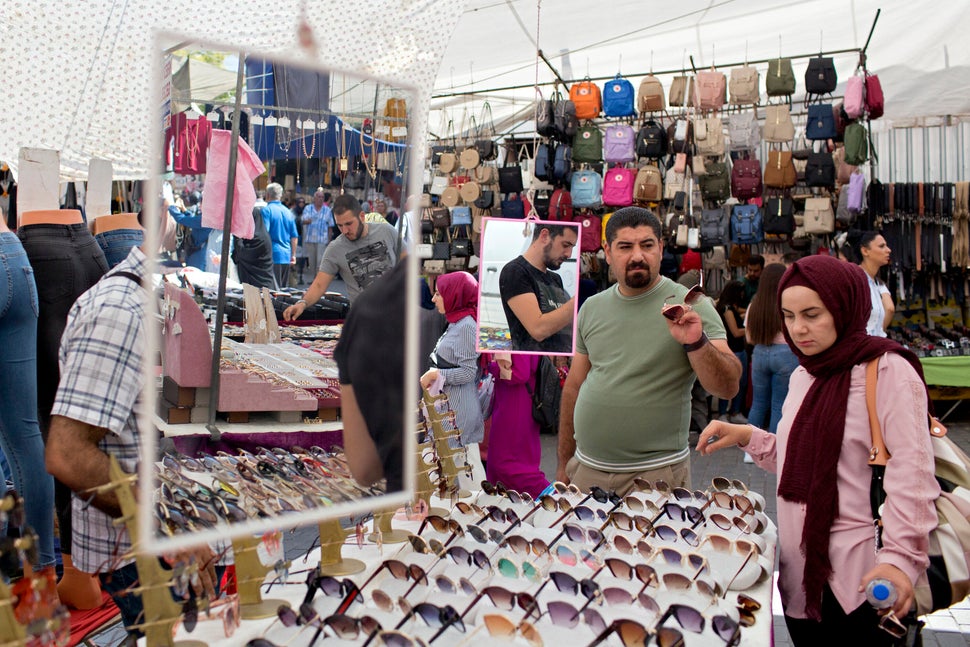
Vendors switch from selling sunglasses to face masks at a stall in the Fatih Market in Istanbul, where wearing a mask in public is mandatory. Markets are an essential part of life in Istanbul, and every neighborhood has its own. Any given market is usually cramped, but since the pandemic, markets are empty compared to what they once were.
Above: July 31, 2019 | Below: July 29, 2020
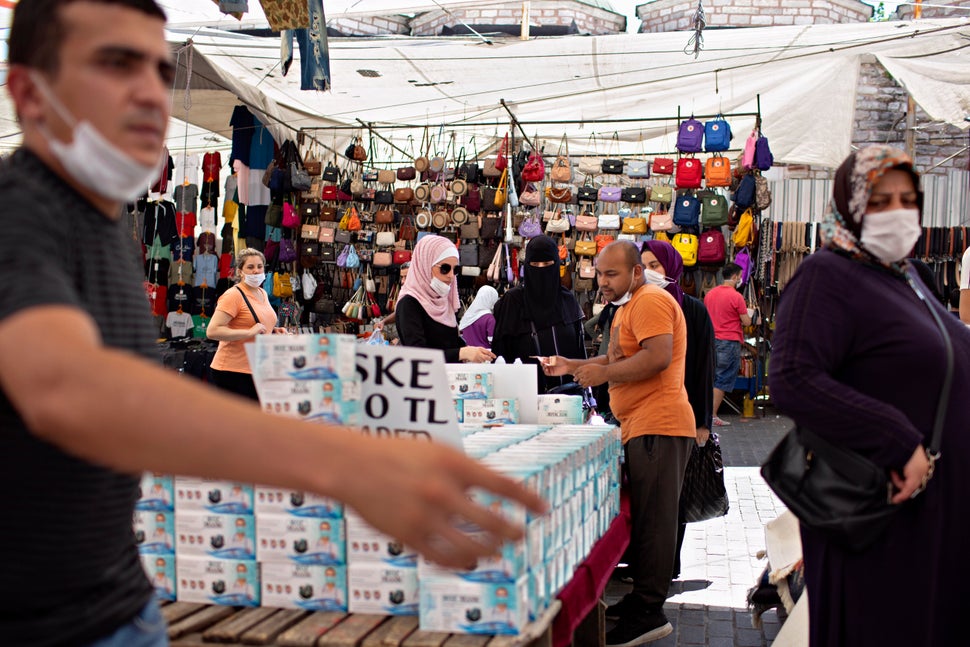
BRIAN OTIENO | NAIROBI, KENYA
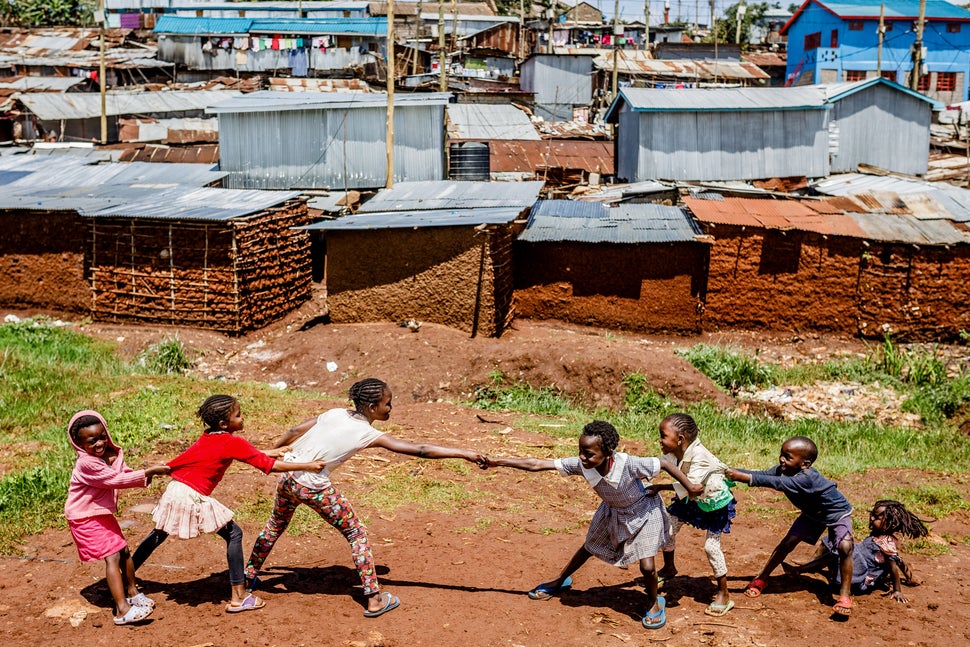
Along the Motione River in Kibera — a neighborhood in Nairobi — the riverbank where children used to play has been heavily polluted. The soil along the riverbank is often dug up by residents and used to build houses in the area.
Above: Nov. 9, 2017 | Below: July 29, 2020
“One day I met this group of children who were out there playing and having a good time. They didn’t understand about politics or elections; it was a moment that was real and different from what I have been photographing the last days.”
- BRIAN OTIENO
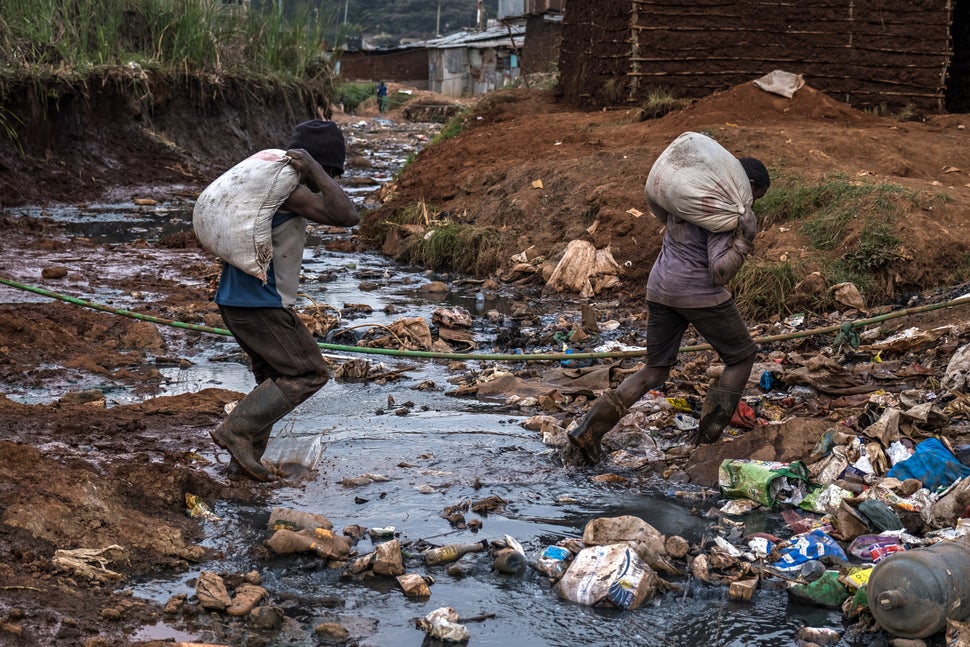
SHEILA PREE BRIGHT | ATLANTA, USA
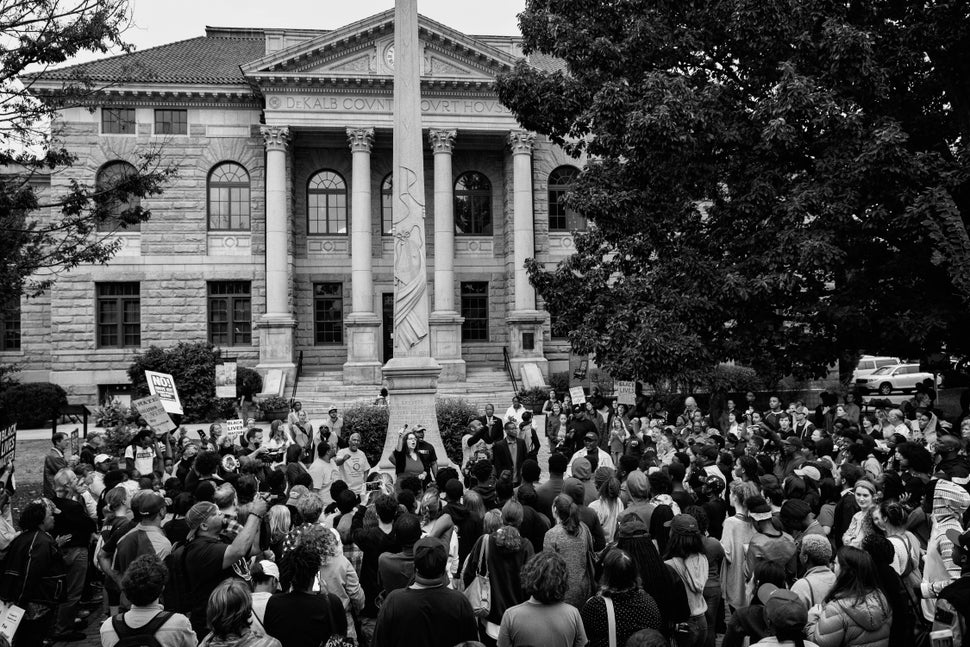
The locally nicknamed “Lost Cause” Confederate monument in Decatur Square in Atlanta was removed in June 2020 following years of protest. A hologram image of George Floyd, who was murdered by police in Minneapolis in May 2020, temporarily took the place of the Confederate monument. Floyd’s murder sparked international waves of protests.
Above: Sept. 9, 2017 | Below: July 29, 2020
“The only thing I can imagine is what liberation looks like from this painful legacy of violence in the United States for Black bodies.”
- SHEILA PREE BRIGHT

ANDRE COELHO | RIO DE JANEIRO, BRAZIL
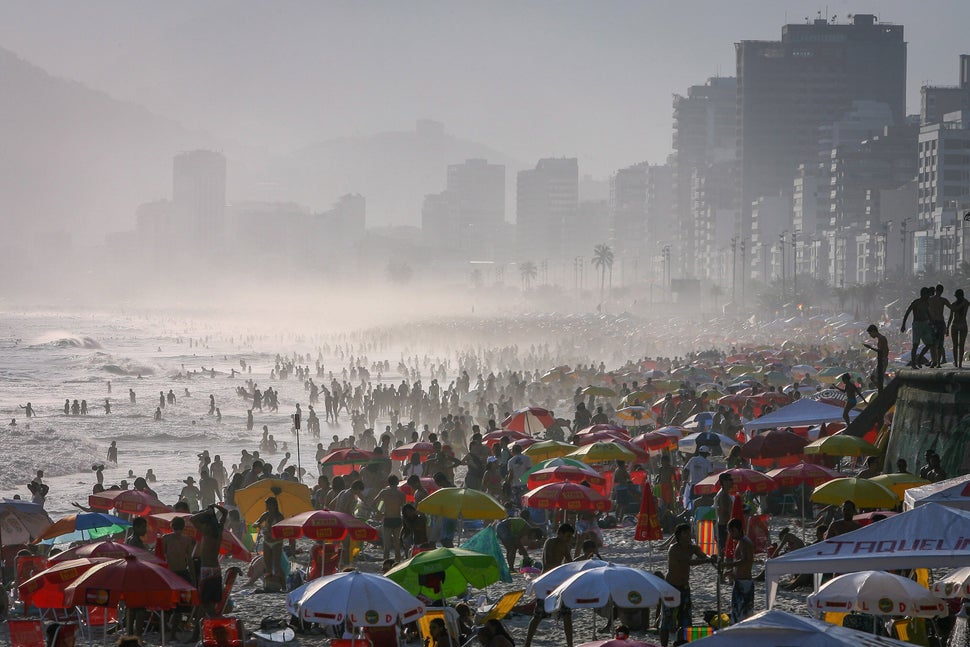
Thousands of people flock to Ipanema beach in Rio de Janeiro. Beach access was banned in March 2020 due to the pandemic and still remains so, with some exceptions. Despite this, thousands of people still visit Rio’s beaches daily.
Above: Oct. 26, 2008 | Below: July 23, 2020
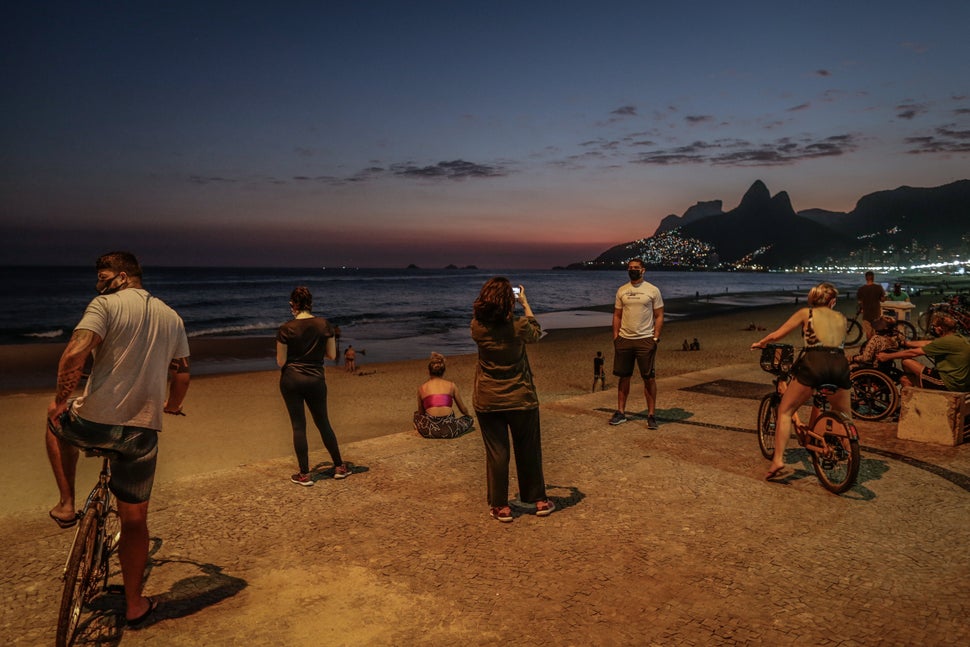
LAVINIA PARLAMENTI | ROME, ITALY
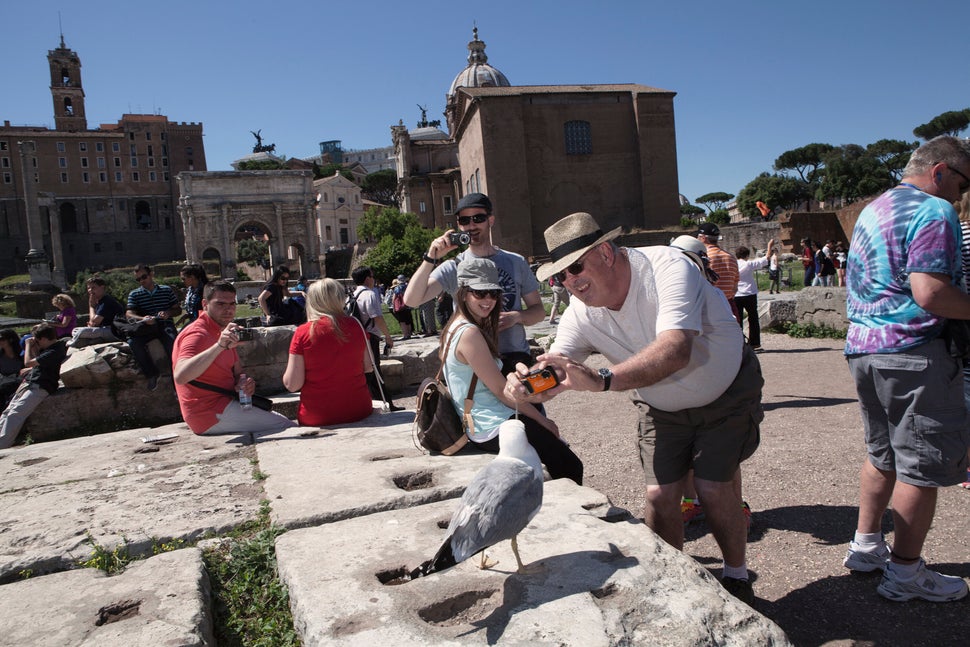
According to the Italian Ministry of Cultural Heritage and Activities, in 2019, more than 55 million tourists visited museums and archeological sites in Rome, such as the Roman Forum, pictured here. Access to the site has been restricted to reservation-only.
Above: May 29, 2015 | Below: July 31, 2020

JODI HILTON | SOFIA, BULGARIA
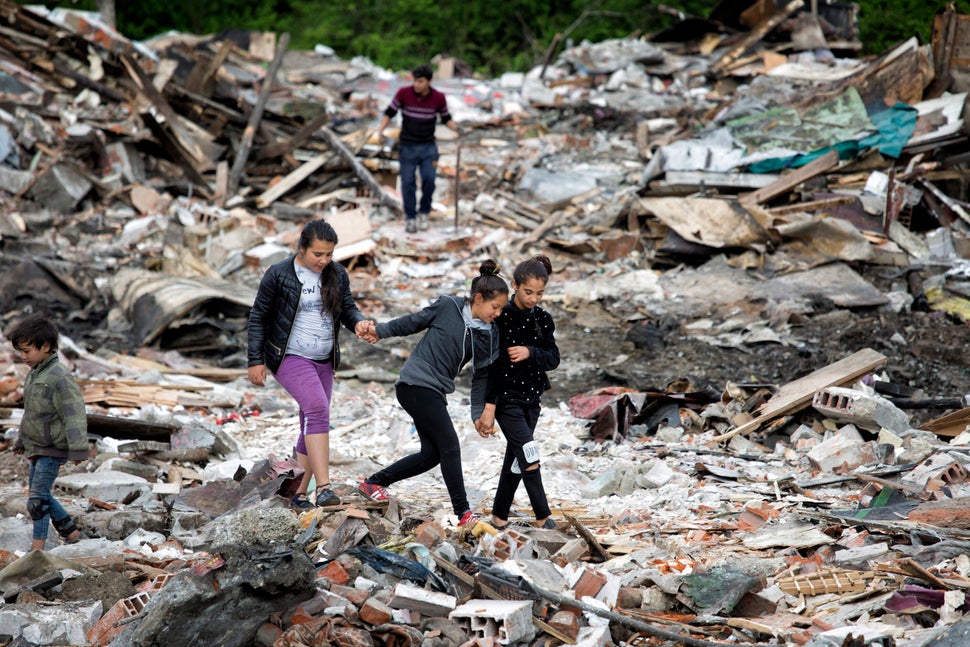
“Before we die from the coronavirus, we will starve to death,” explained Yulian Metodiev, a Roma community leader. Fakulteta, the largest Roma settlement in Sofia, was quarantined in April 2020 after more than 2 dozen people tested positive for COVID-19. For those whose houses were slated for demolition, quarantine provided a brief respite. By July, however, more homes were bulldozed and families were left searching for shelter.
Above: April 20, 2018 | Below: July 29, 2020
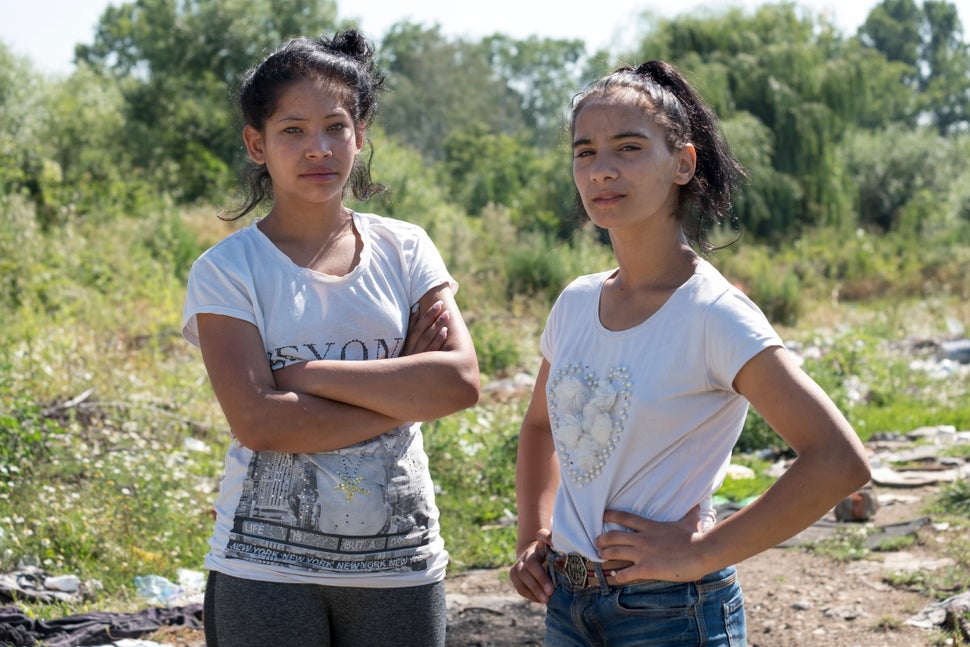
FETHI SAHRAOUI | MASCARA, ALGERIA
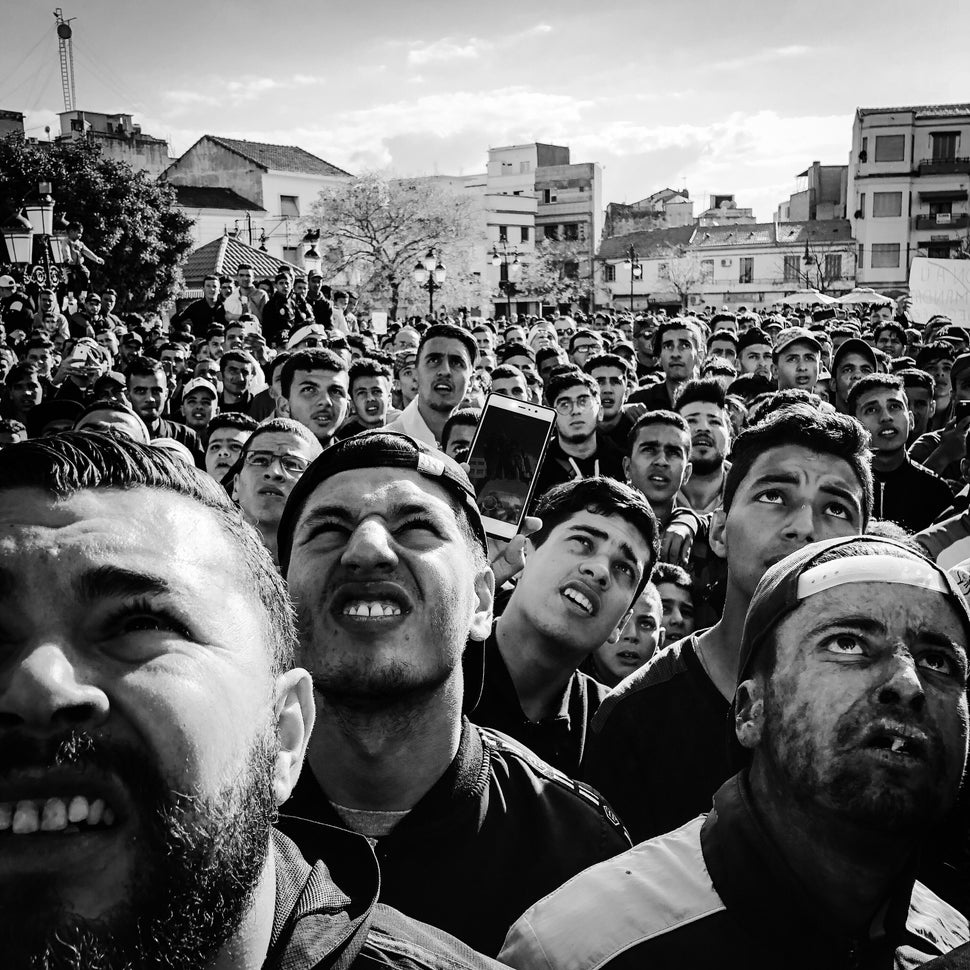
Where protesters once chanted slogans in opposition to the government of former Algerian President Abdelaziz Bouteflika, workers disinfect the Emir Abdelkader Square in Mascara.
Above: March 8, 2019 | Below: July 24, 2020
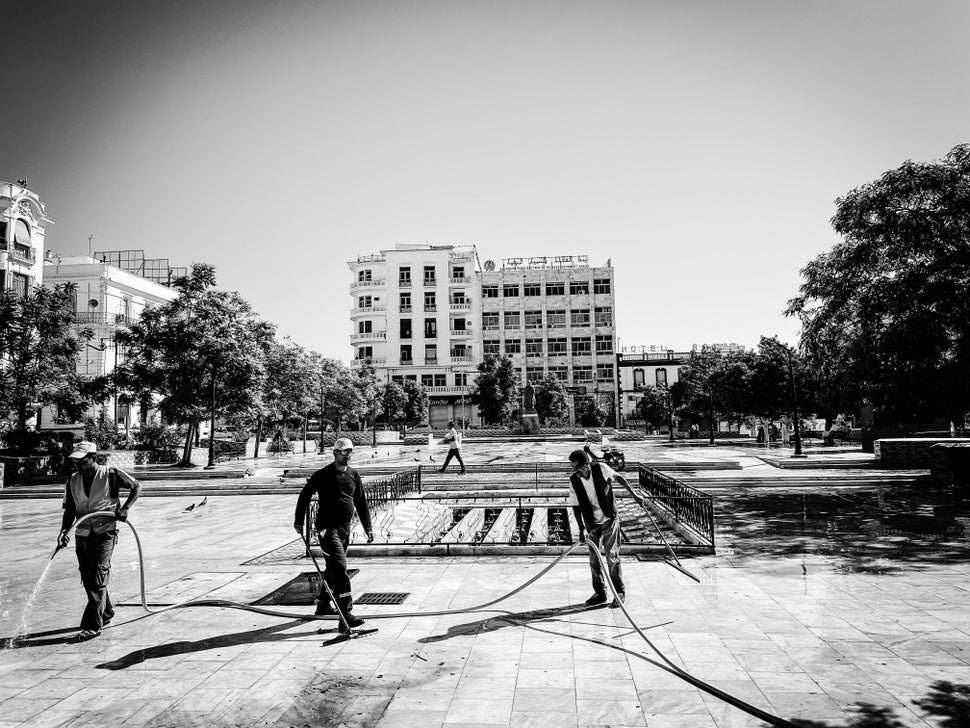
YOLANDA ESCOBAR JIMENEZ | QUITO, ECUADOR
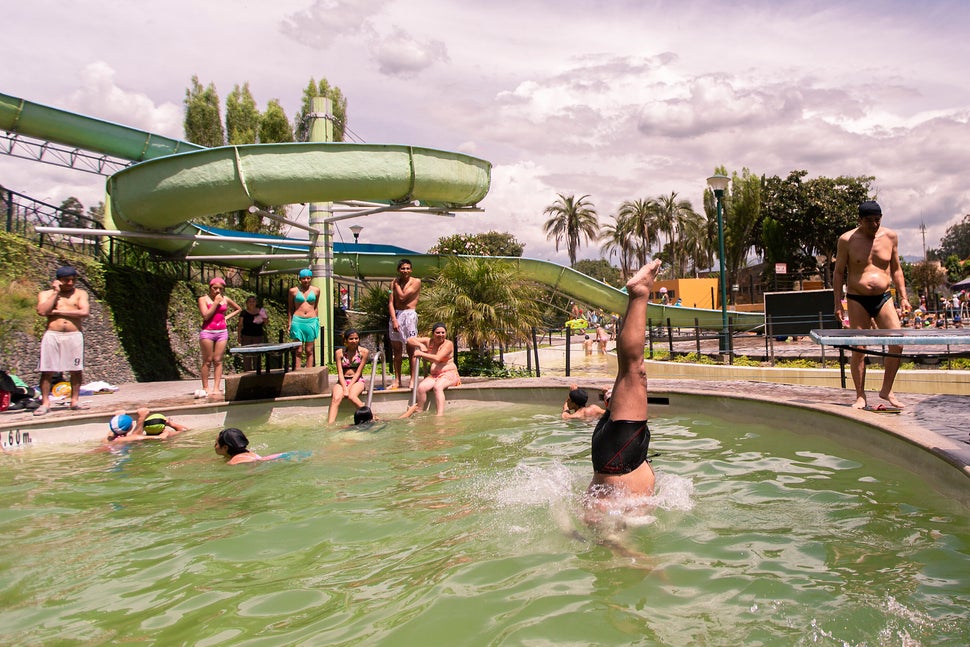
“El Tingo” is one of the most popular local swimming pool complexes in Quito. Every weekend, holiday and vacation, hundreds of tourists flock there. The pool complex was closed in mid-March and there is no date set for its reopening. Above: May 2, 2015 | Below: July 31, 2020
“If there's no people, there's no life in these spaces.”
- YOLANDA ESCOBAR JIMENEZ
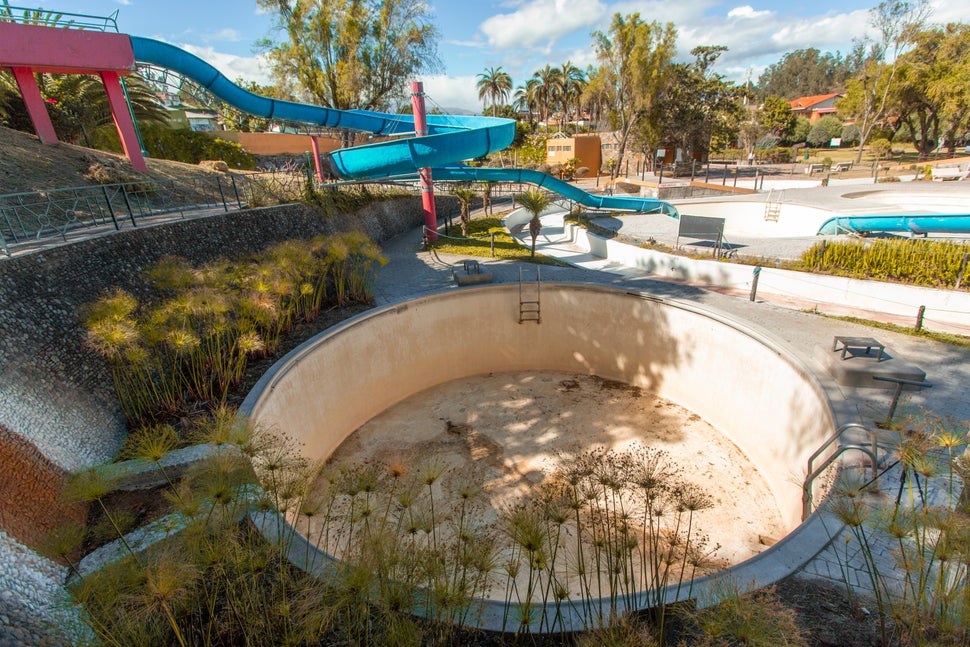
XIAOJIE OUYANG | WUHAN, CHINA
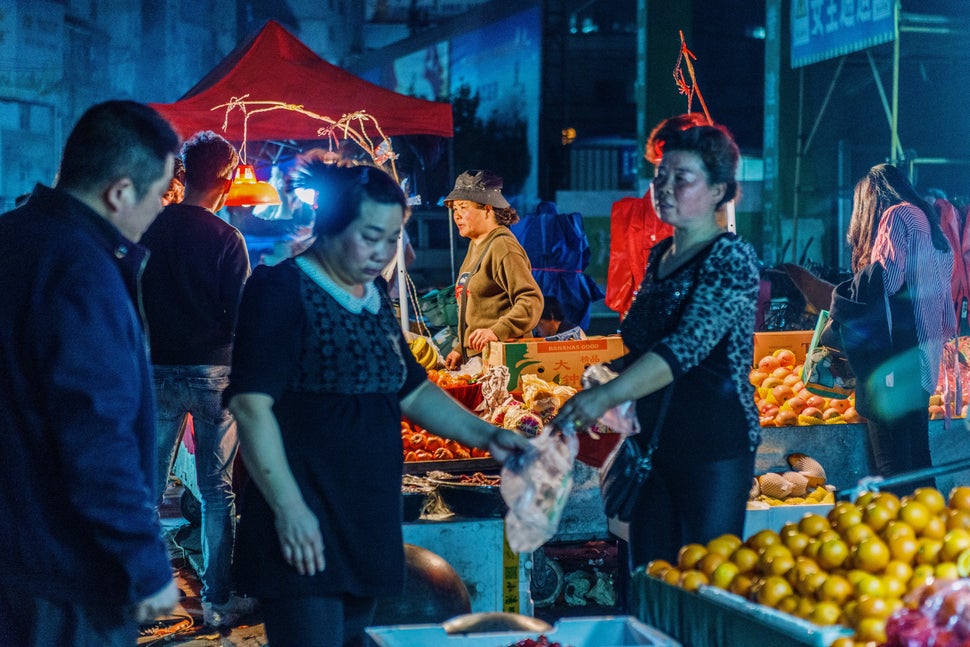
Meat and produce vendors work at a village market in Wuhan, China. At its peak, more than 100,000 migrant workers lived in the village. About 65% of the migrant workers decided not to come back to the village after the COVID-19 outbreak. Sales in the market have been negatively impacted.
Above: March 22, 2019 | Below: July 31, 2020
“What I want people to remember about this difficult period of time is people in Wuhan are very courageous.”
- XIAOJIE OUYANG
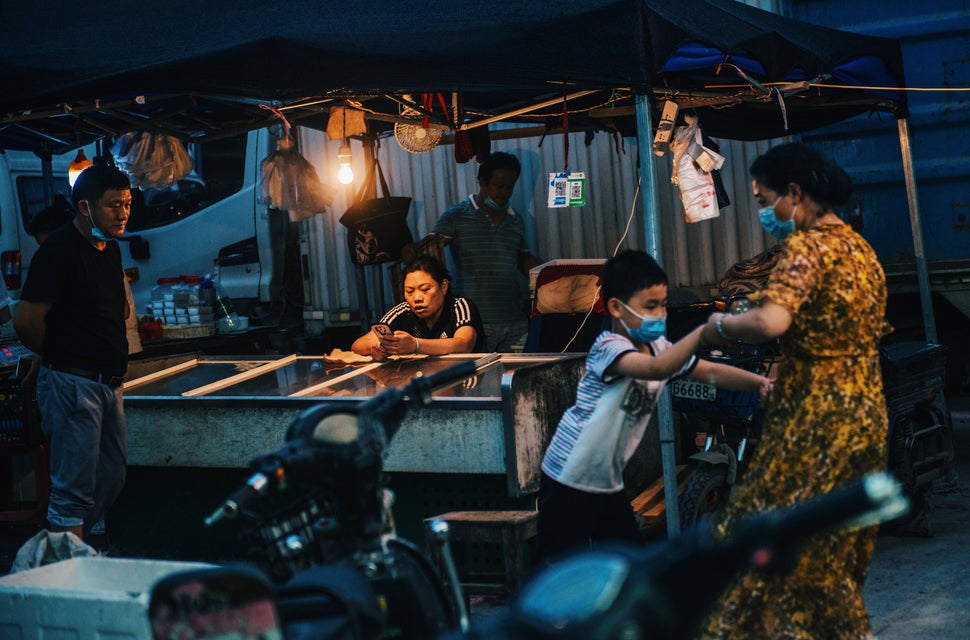
NILOFAR NIEKPOR | KABUL, AFGHANISTAN

A classroom in the Dasht-e-Barchi settlement in Kabul. Schools in Afghanistan have been closed for nearly five months to prevent the spread of COVID-19. The closure of schools has had a huge economic impact on schoolteachers, and students have lagged behind in their lessons. There is no established online education system to take the place of in-person schooling.
Above: June 12, 2016 | Below: July 29, 2020
“The place that once upon a time was full of students’ laughs is in silence now.”
- NILOFAR NIEKPOR
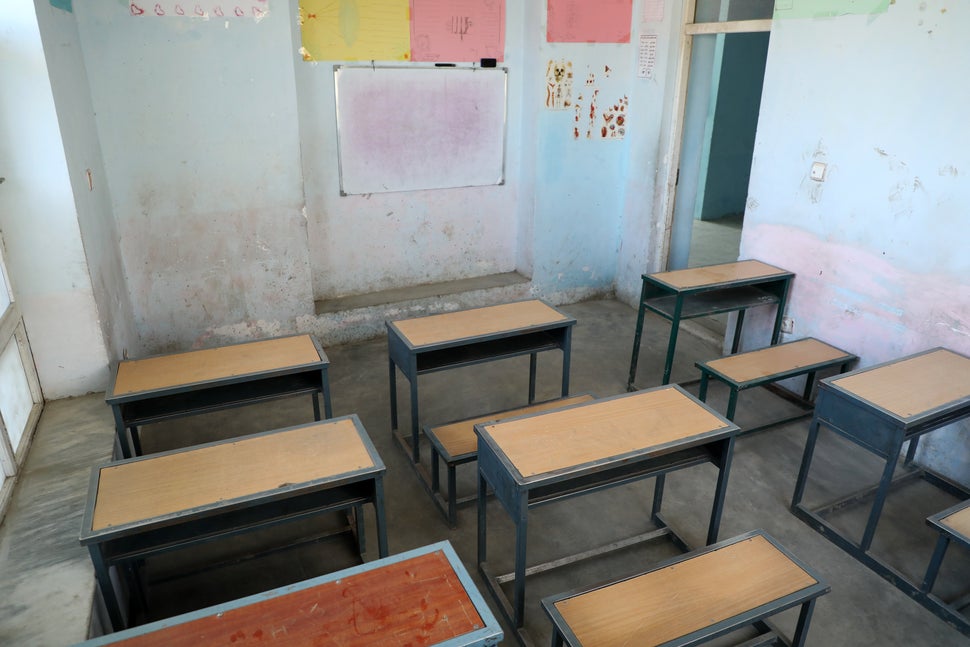
NANA KOFI ACQUAH | ACCRA and CAPE COAST, GHANA
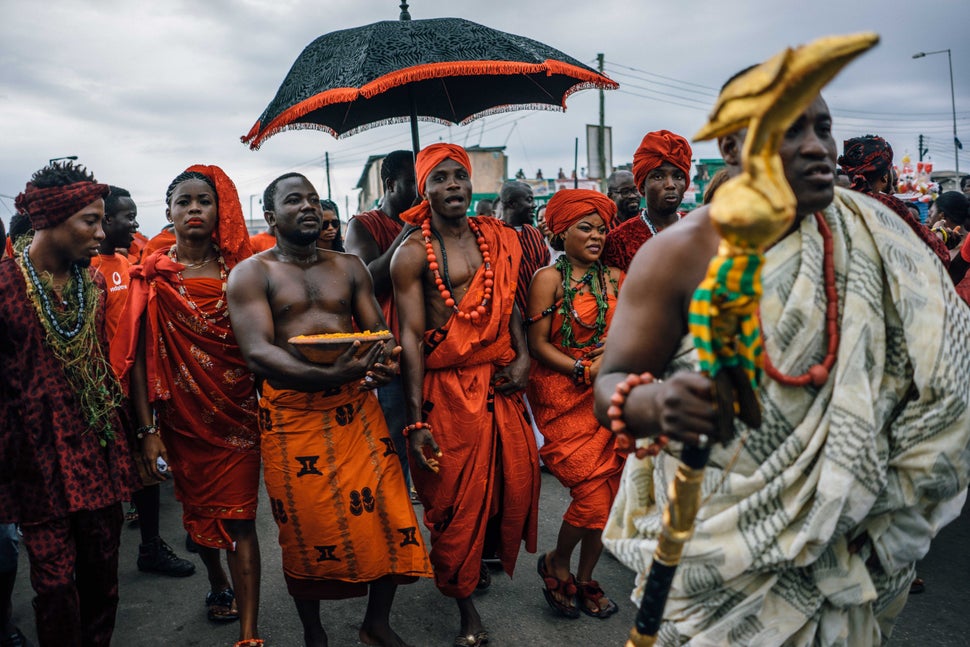
Tribal chiefs in Ghana traditionally have an entourage that, among other things, uses an umbrella to shield the chief from the sun. Here, a chief of the Ga tribe visits the Chale Wote Street Art Festival in Accra in 2015. Below, Chief Nana Munko Eku VIII of the Fante tribe visits a wedding in Cape Coast in 2020, where he and his entourage wear masks.
Above: Aug. 23, 2015 | Below: Aug. 8, 2020

RITESH UTTAMCHANDANI | MUMBAI, INDIA
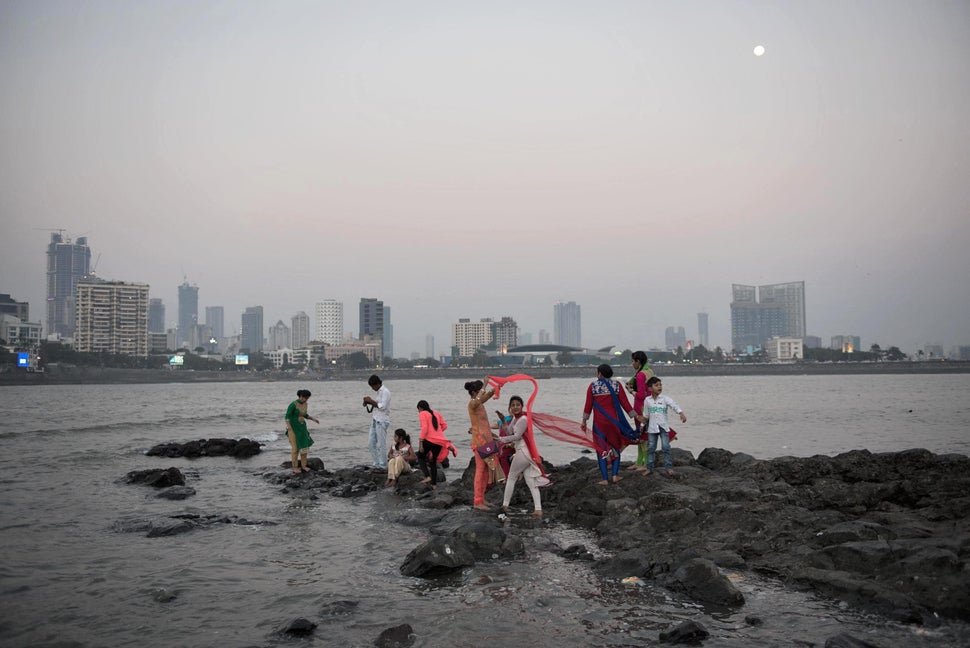
People on the rocks by the Haji Ali Dargah mosque in Mumbai. Built on an islet in 1431 to house the shroud of Pir Haji Ali Shah Bukhari, the mosque normally hosts more than 100,000 visitors each week. However, with the ongoing coastal road construction around the mosque, a large portion of the rocky bed surrounding the mosque is submerged and likely to sink further.
Above: Feb. 9, 2017 | Below: July 29, 2020
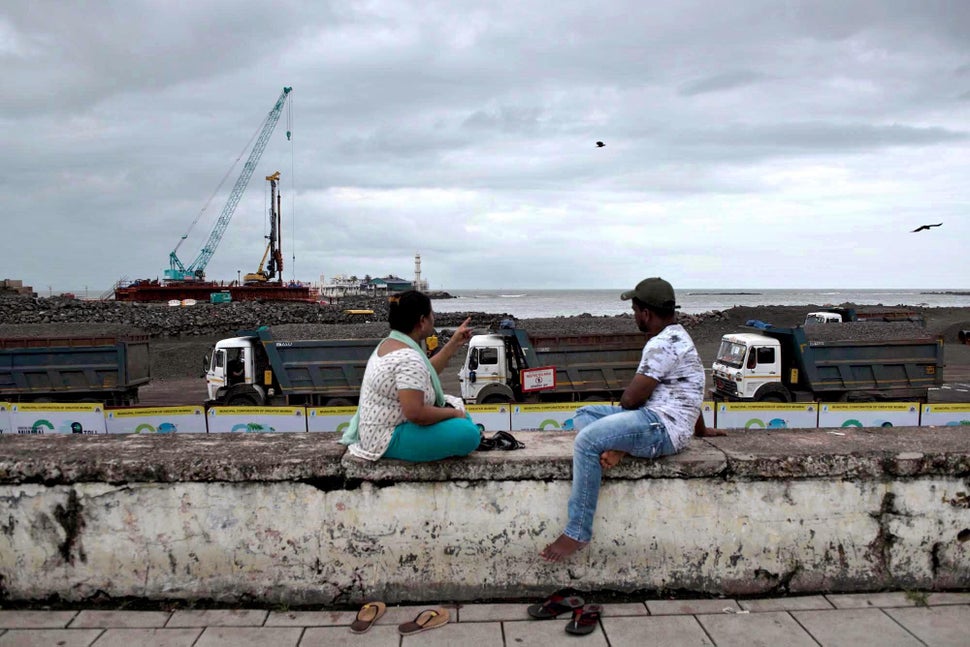
Credits:
HuffPost: Ivylise Simones, Creative Director; Christy Havranek, Photo Director; Damon Scheleur, Photo Editor
WebAR experiences produced by RYOT: Laura Hertzfeld, Director, XR Partner Program; Guenever Goik, Head of CG; Patrick Love, Producer; Erik Lohr, Audio Director; Matt Valerio, Project Manager; Prabuddha Paul, CG Lead; Ricky Baba, Creative Director; SJ Johnson, Creative Dev Lead
Everyday Projects: Peter DiCampo, Co-founder; Elie Gardner, Community Team, Special Projects; Wacera Njagi, Everyday Africa Coordinator
